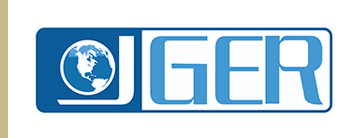Abstract
The purpose of this study is to ponder some theoretical considerations concerning a predominant phenomenon of mental translation (MT) observed by second language teachers and learners in learning and using a second/foreign language. The sample available to the researcher consists of seven female adult learners speaking different languages. The choice of the sample is not related to the age level of the learners, but their English level (5-6) according to the Canadian Language Benchmarks. The research instruments used in this study are two compositions written on two occasions, during 2013-2015 and in 2016, a personal questionnaire, a strategy questionnaire, and a structured face-to-face interview. The results show that learners use mental translation as a strategy to compare and establish similarities and differences between first language (L1) and second language (L2). The learners create a translational zone where they put the results of the comparisons between L1 and L2 (MT product). The MT product becomes a procedural knowledge, stored in the long-term memory. To write in L2, the learners retrieve the information from their translational zone automatically and without awareness. The type of errors made in both written compositions shows how the influence of the mother tongue prevails despite the time living in the second language country, or the study within an academic system or with tutors. The use of mental translation as a strategy and as a product can explain the errors made by the learners in the second language and the prevalence of the influence of L1 in learning and using L2.
Keywords
second language acquisition, second language learning strategies, the role of mother tongue in second language acquisition
DOI
10.5038/2577-509X.2.2.1001
Recommended Citation
Falla-Wood, J. (2018). The role of mental translation in learning and using a second/foreign language by female adult learners. Journal of Global Education and Research, 2(2), 98-112. https://www.doi.org/10.5038/2577-509X.2.2.1001
Creative Commons License

This work is licensed under a Creative Commons Attribution-Noncommercial 4.0 License


